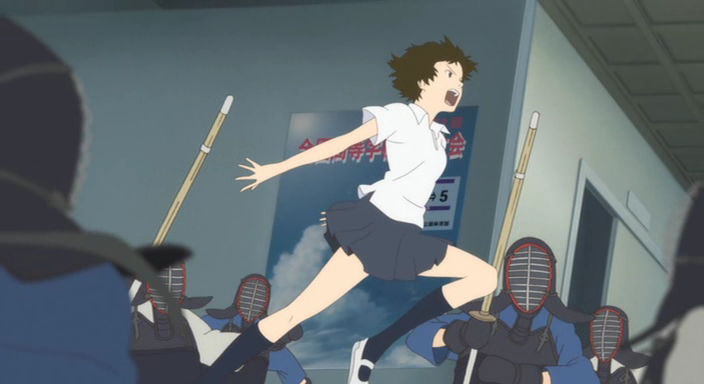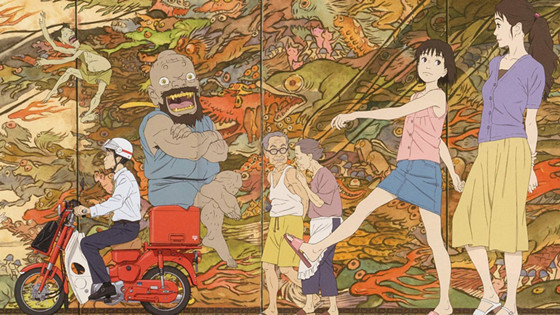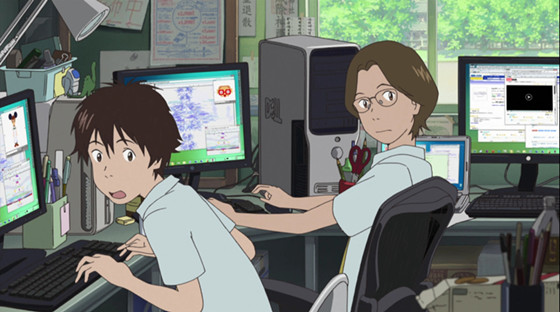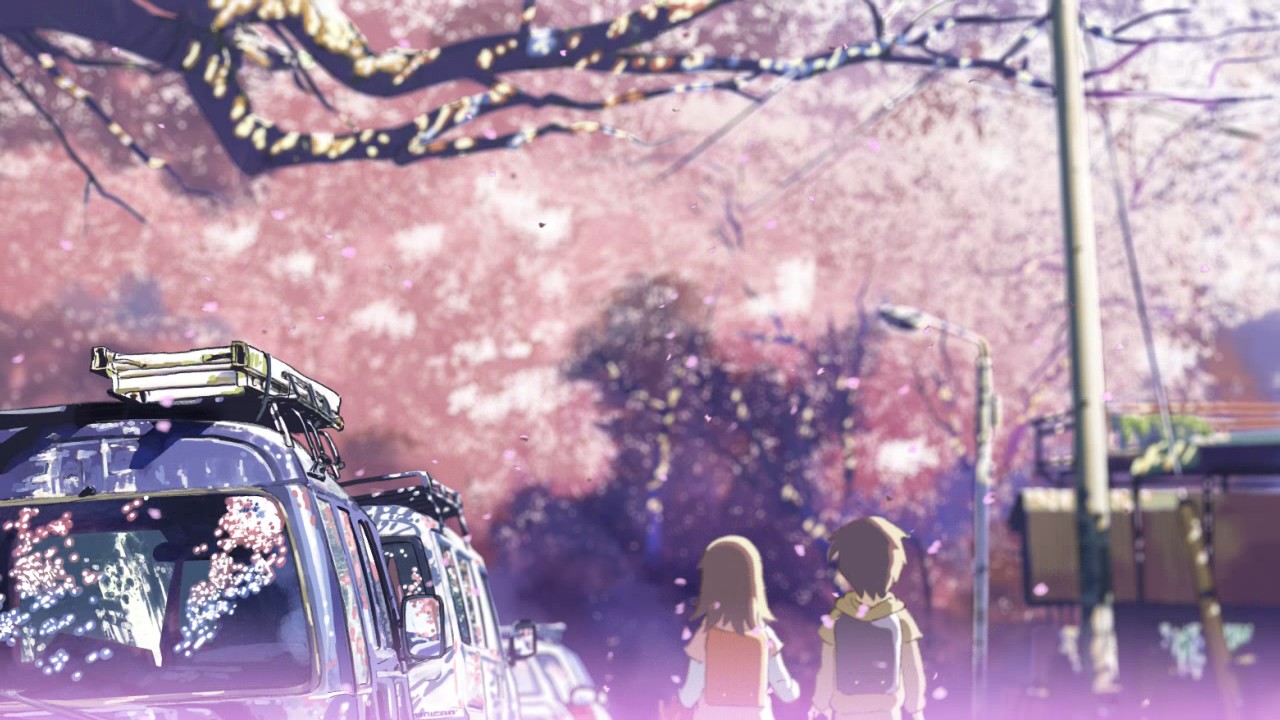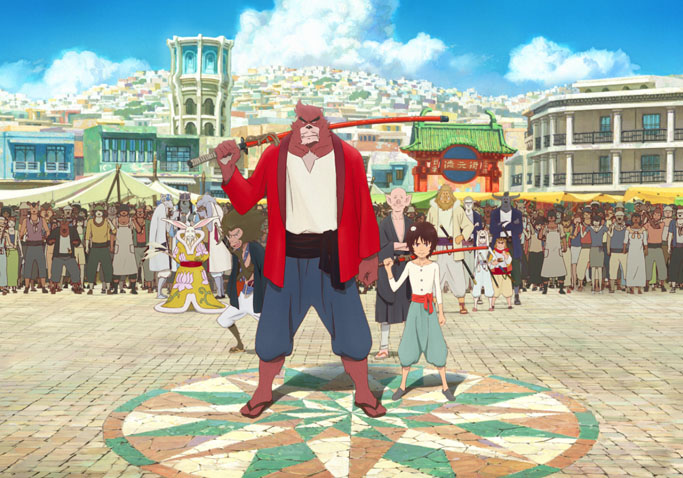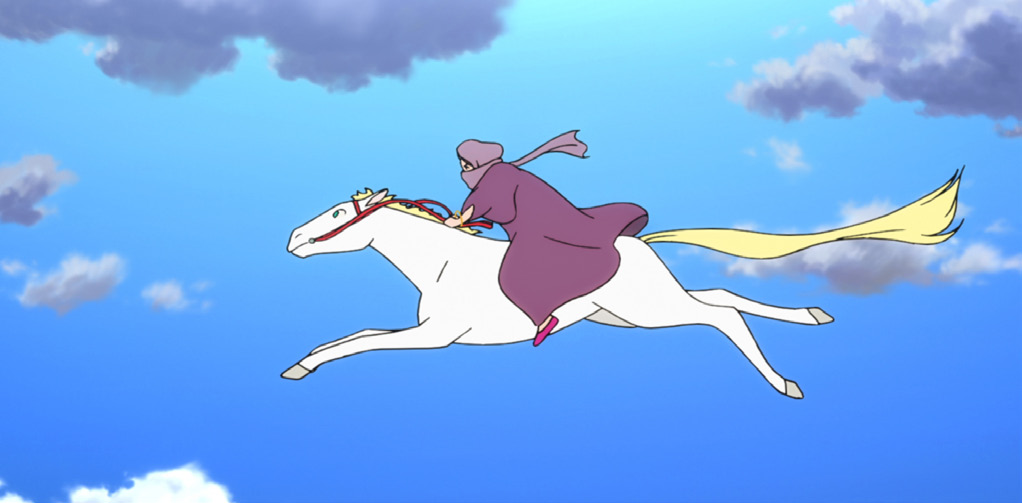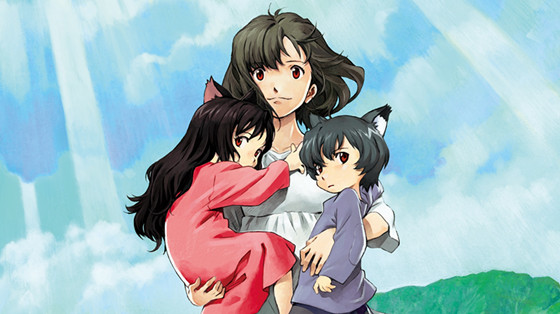7. The Girl Who Leapt Through Time
Inspired by Yasutaka Tsutsui’s 1967 novel of the same name, “The Girl Who Lept Through Time” takes an ordinary schoolgirl and gives her extraordinary power. What starts off as another day for high school student Makoto Konno takes a strange turn when she is hit by a train and discovers the power to time travel.
At first Makoto takes advantage of the power, improving her grades, avoiding accidents and making one-hour karaoke sessions take all day. But when relationships get screwed up and people’s feelings are inadvertently hurt, Makoto learns that old adage, that with great power comes great responsibility. Can Makoto set things right? And where did her power come from in the first place?
As a young girl shouldering enormous responsibility, Makoto Konno would be at home with classic Ghlibi heroines. “The Girl Who Lept Through Time” combines the contemporary, everyday settings of Isao Takahata’s Ghibli films like “Only Yesterday” with the fantasy of Miyazaki’s works. Add fluid, expressive animation to the mix and the result is an animated classic that should please even the most critical Ghlibli fan.
6. A Letter to Momo
Those that watch Ghlibi films for their Japaneseness will find “A Letter to Momo” intoxicating. From its concrete bridges, riverside landscapes, tatami floors, summer festivals, to its vegetables, postal scooters and even typhoons, “A Letter to Momo” screams “Japan!” from the opening to the end credits.
When her father’s death forces Momo to move to the Japanese countryside with her mother’s family she is forced to make new friends, some of which aren’t human. Momo tries to come to terms with the lingering regret over an argument she had with her while keeping three troublesome yokai, or Japanese spirits, from causing too much trouble around the neighborhood.
Momo is put to the test when a fight with her mother sets off a life-threatening asthma attack, just as a typhoon makes crossing a bridge to the nearest hospital impossible. Will Momo and her friends be able to save her mother? Will Momo ever come to terms with her father’s death?
“A Letter to Momo” is a fun, beautiful film about regret, growing up and moving on.
5. Summer Wars
“Summer Wars” serves up a clash of Japan’s contrasting images, nature and technology. While on a trip to celebrate his grandmother’s birthday, high school student and computer wizkid Kenj ends up battling an artificial intelligence dubbed Love Machine in the virtual world of OZ.
But what starts a battle between social network avatars turns sinister when Love Machine begins hacking into municipalities, government services and even military computers. Stranded in the boonies with limited technology, can Kenji and company defeat this world-wide threat?
While “Summer Wars” exhibits an organic artstyle and realistic depiction of Japan’s countryside and home culture worthy of Ghibli Studios, its exploration of technology and virtual connectedness make it unique among Ghibli’s library. Kenji must rely on both real and virtual friends to defeat a virtual being with real-world destructive powers that can’t be reasoned with.
4. 5 Centimeters Per Second
Breathtaking animation and extreme attention to detail, “5 Centimeters Per Second” is nothing short of a visual feast. There’s no action, no magic, no adventure as the film tells the simple, realistic love story between Takaki and Akari, two students that fall in love in elementary school and whose feelings continue to linger despite the growing separation, in both distance and time, between the two.
If you’ve ever visited to Japan be prepared for nostalgia. If you’ve never been but want to experience the country, look no further than this film – “5 Centimeters Per Second” is as realistic and beautiful as animation gets.
3. The Boy and the Beast
The third of four Mamoru Hosoda directed movies on the list, if Miyazaki stands as Japan’s most prolific animator, there’s no question as to who has stepped into the position of number two. Just as his aforementioned works “Summer Wars” and “A Letter to Momo,” Mamoru Hosoda’s “The Boy and the Beast” combines the modern with the traditional, as Japanese yokai monsters enter the modern day.
Like Chihiro in Ghibli’s “Spirited Away,” Kyuta stumbles into a forbidden world inhabited by spirits and monsters. Kumatetsu, a rowdy bearlike monster adopts the boy as his apprentice, teaching him the wild ways of a world forbidden to most humans. Two heads prove better than one, and the relationship makes both boy and monster stronger – Kumatetsu for a showdown that will decide the leader of his realm and Kyuta to face the human world.
Mamoru Hosoda”s most recent film, “The Boy and His Beast” might also be his most imaginative and surprising. Although the film incorporates some cliches, like tried, true and tired training montages, the meandering story is complicated enough to avoid predictability. If “Spirited Away” left you yearning for more of Japan’s spirit world, don’t miss “The Boy and the Beast.”
2. Sinbad: The Flying Princess and the Secret Island
Released last summer, “Sinbad: The Flying Princess and the Secret Island” makes the first entry into a trilogy of Sinbad movies to be released by Nippon Animation. In the film, Sinbad, the young adventurer sets out to help Princess Sana find her people.
Laden with Arabian tropes like flying carpets, monkey sidekicks and magic, Sinbad further solidifies Nippon Animation’s reputation for animating classic tales from around the world. And like the studio’s television library, “Sinbad: The Flying Princess and the Secret Island” offers an innocent adventure with a style reminiscent of Miyazaki’s earliest works that Ghibli fans will enjoy.
1. Wolf Children
Japan has had a strange relationship with their wolves. Once respected and worshiped as deities, Japan then declared wolves a menace and bounties saw the species hunted and poisoned into extinction. “Wolf Children” explores this precarious relationship by suggesting wolves still inhabit Japan, just in human form.
Hana falls in love and marries her tall, dark, handsome and mysterious college classmate and the couple have two children together. Like their father, their daughter Yuki and son Ame are part wolf and can transform between human and animal form which makes for a precarious lifestyle. Hana’s husband’s death forces her to take care of the children on her own.
Life grows increasingly difficult and when child services comes knocking, Hana decides to move to the country where the family could live closer to nature and find some privacy. But the children’s exposure to the wilds of the countryside will challenge them to consider which they really are – wolf or human.
Like Kyoto Studios, Mamoru Hosoda’s Studio Chizu‘s own, unique art-style and animation has garnered a large fanbase that eagerly awaits each new studio release. Although “Wolf Children” never sets out to emulate Ghibli in any way, Ghibli fans will appreciate the the movie’s themes of love and regret for lost nature.
Author Bio: A running otaku and Japanese film fan, Rich is currently aiming at the title of Japan’s Greatest Teacher of Kindergarten English Classes (of there is one).
